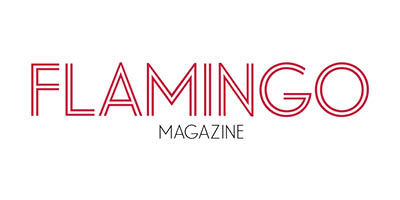We know how badly you want to be the next Annie Leibovitz. We totally get it—she’s so good. But before you start applying for photo editor gigs to get the ball rolling, you should know the job is more about choosing an awesome photo than it is taking one. We asked an OG photo editor to shed some light.
What exactly does a photo editor do?
We don’t mean to burst your bubble, but despite your expertise behind the lens—no one can find the right light like you—you won’t be functioning as a photographer. But you’ll be too busy determining photo needs, hiring photographers, allocating and coordinating assignments and approving images to miss taking pics. A photo editor also selects, edits and positions photos; negotiates fees and rights agreements; arranges travel; books studio time; and gets permissions to shoot.
“A photo editor works with designers and other editors to create a full, rich experience for the reader or customer,” says Robyn Lange, curator of Shutterstock, which provides high-quality licensed imagery and music to businesses. “They produce photo shoots, research and license available content, and edit the incoming photos to choose the best images to tell the story.”
What skills does a photo editor need?
Creativity and a well-trained eye are important. So is a solid foundation in photography and art history.
No one expects you to be a professional photographer, but it helps to have a basic knowledge of color balance, lighting and even some film techniques, says Lange, whose job it is to determine which of Shutterstock’s 90 million images best represent a project.
You’ll also need attention to detail and organization skills to surmount the logistical challenges that’ll inevitably arise when producing even the smallest photo shoot, she adds.
What about digital skills?
“Photoshop and InDesign skills are especially helpful to either perform small corrections yourself or to better understand the needs of the art department,” Lange continues. Experience with Illustrator, other photo-editing software such as Lightroom and Bridge and some knowledge of videography and video editing is icing on the cake.
Who is a photo editor’s supervisor?
It depends on the organization, but you’ll likely be taking direction from an art or photo director.
What does it take to excel in this position?
A deep-rooted passion for photography and the industry in general, for starters. As with most jobs, liking what you do comes across in your work, and this gig is no different.
And flexibility. Sometimes your concept may leave the editors and designers you work with scratching their heads. Be willing to reevaluate (or change) your vision when necessary.
Any other tips?
“Keep your eye on photographers and their portfolios, particularly emerging photographers and developing trends within the industry,” advises Lange.
How can I break into this field?
Three words: Build your portfolio. Your fine arts degree is awesome and all, but let your work do the talking. Oh, and stay focused (pun intended)!













